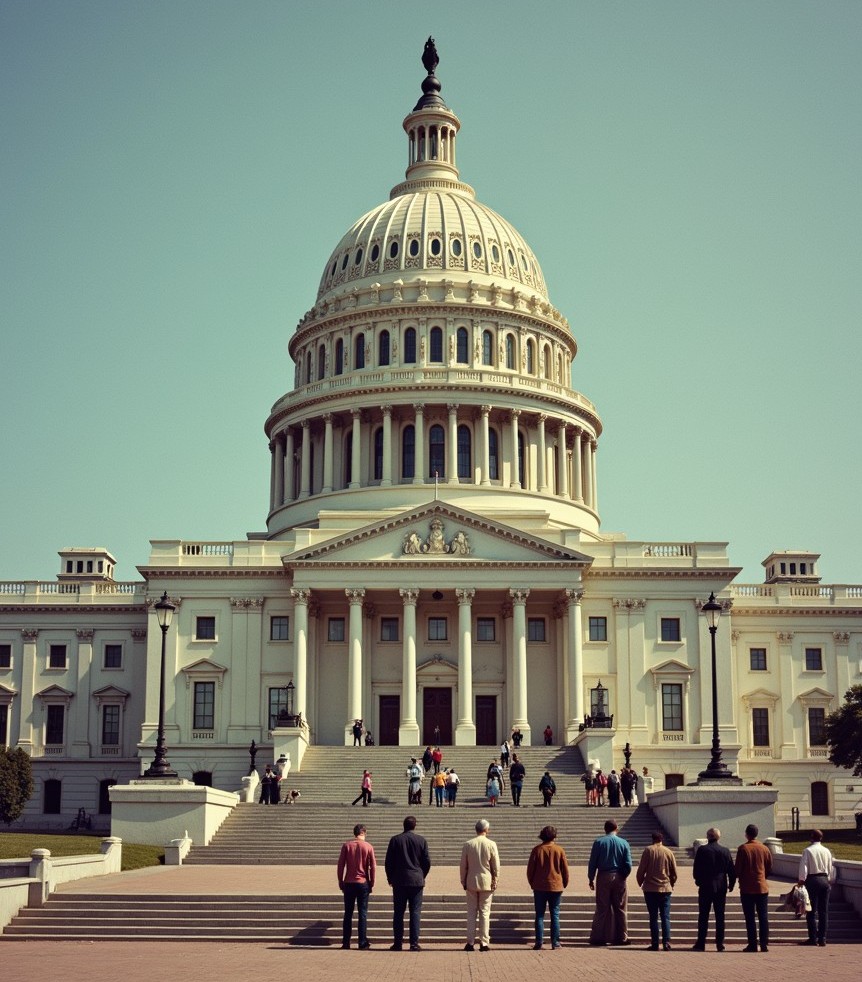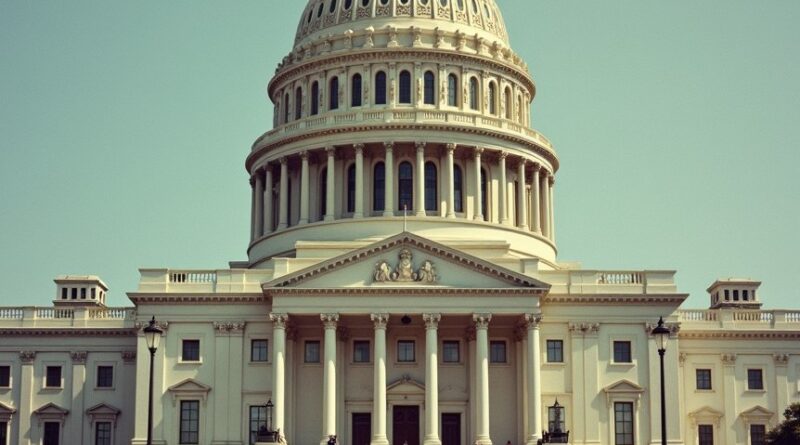Government shutdown affects Central Penn College students and federal benefits
College personnel are working to provide students all support possible

By Colleen A. Hiltl
Knightly News Reporter
On Oct. 1, the U.S. federal government shutdown began due to Congress failing to pass funding legislation for the 2026 fiscal year by the deadline. The shutdown became the longest in U.S. history on Tuesday, at day 35.
The impasse, driven by partisan conflict over the extension of the Affordable Care Act, remains in effect. Other causes include federal spending levels, disputes over proposals to cancel existing foreign aid spending and disagreements over the Trump Administration’s plans to pursue mass federal layoffs and withhold or cancel funds appropriated by Congress.

As lawmakers continue to fail to reach an agreement, the government shutdown is causing many federal services and activities to be suspended, forcing many federal employees out of work or working without pay until the shutdown is lifted.
A history of budgetary impasse
The U.S. government has a history of shutdowns due to budgetary disagreements. While not a new issue, their frequency and duration have caused major disruptions in recent decades.
A shutdown occurs when Congress fails to authorize spending measures necessary to fund discretionary programs. Prior to the 1980s, agencies often continued operations during funding gaps, but subsequent legal opinions mandated the closure of nonessential services during a lapse in appropriations.
Historical causes have included disputes over budget-cutting measures, as seen during the 21-day shutdown of 1995-1996, and disagreements over border security and immigration policy, such as the then-record-setting 34-day shutdown of 2018-2019.
While the average duration of a major shutdown since 1990 has varied, the core issue remains the same: political conflicts over spending priorities often cause immediate harm for citizens dependent on federal services.
Disruptions to higher education
When the federal government shuts down, the complex system that supports higher education begins to fail. While major mandatory disbursements like Pell Grants and existing Federal Direct Student loans typically continue in the short term, all complex or discretionary services—the true safety net of student support—are suspended.
The Department of Education furloughs most of its personnel, meaning that technical assistance for colleges, help desks for students facing access issues and all processing times (including loan-forgiveness programs) pause. Also, all new federal grant-making activities across agencies are stopped, restricting future funding for institutions. Colleges are forced to navigate this regulatory limbo without official guidance, causing a great deal of confusion and other administrative issues for students and college staff.
Crisis at Central Penn College
The current shutdown is causing significant stress on the Central Penn student body, particularly those with military affiliations. As Megan Kaiser, lead success coach and director of veteran and athletic support, noted, the deadlock of federal services is creating a communication blackout and causing immediate financial distress.
Student veterans relying on the Veteran Readiness & Employment (VR&E) benefit (Chapter 31) are among the most severely affected. This vital program requires counselor authorization for nearly all student needs, but those required counselors are currently furloughed due to the shutdown. Kaiser confirmed that “during the government shutdown, those veteran readiness counselors (VRCs) have been furloughed. It means veteran students using VR&E benefits can’t get approval for changes to courseload, approval for laptop purchases, etc.”
The disruption extends to active-duty service members, whose federal tuition assistance is administered by the Department of Defense and is tied directly to current budget appropriation.
“The active-duty military benefits seem to be completely on hold,” Kaiser said. “That money comes through the Department of Defense … and must be tied directly to the current budget. So, students seeking federal tuition assistance can’t get it approved right now.”
This leaves service members personally responsible for tuition costs, with no certainty of future reimbursement. Compounding the confusion for all students and staff is the communication barrier. Kaiser explained: “Everyone who tries to communicate with the VA is affected by their call-line closure. Veterans can’t get their questions answered now either.”
The College’s proactive approach
In response to the shutdown, Central Penn is implementing temporary mitigation strategies to support its students. The college is “trying to mitigate that issue by authorizing decisions based on historical precedent, since nobody from the VA can provide the actual authorization” for VR&E benefits, according to Kaiser.
Kaiser, who is relatively new to the position of overseeing veteran support, has been very proactive in learning and doing all she can to continue the college’s support of students. She has “scoured information published by the VA for answers … and searched other educational institution websites to learn what they are doing.” Her effort has allowed the college to provide the best possible support despite the shutdown. This dedication ensures that while federal doors remain closed, institutional support remains open.
Continued support
The government shutdown serves as a stark reminder that political disagreements have immediate, and very real, consequences that trickle down and affect everyday residents. The lesson for students—whether they are a veteran or active-duty service member, or other students receiving financial assistance through the government—is to leverage the resources available. Students can always reach out to college staff and maintain communication with the college’s financial aid and student support offices, continue attending classes and trust that Central Penn College is committed to their success.
Central Penn College’s Financial Aid and Student Support Services office remain open and ready to assist students as best they can to ensure students’ educational journeys continue to move forward. Kaiser’s office is in Bollinger Hall Room 43A, and the Financial Aid Office is in Bollinger Hall, Room 52.
Comment or story idea? Contact [email protected].
Edited by media-club co-adviser and Knightly News editor Professor Michael Lear-Olim




